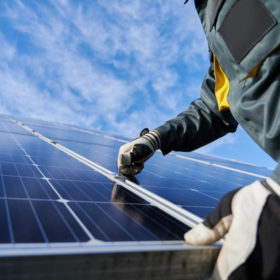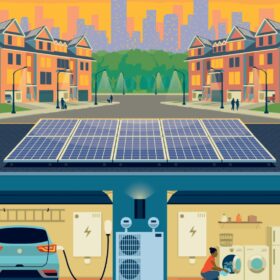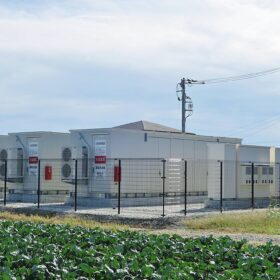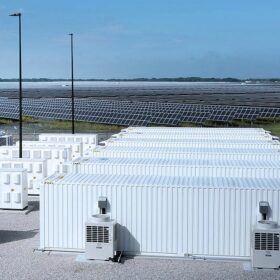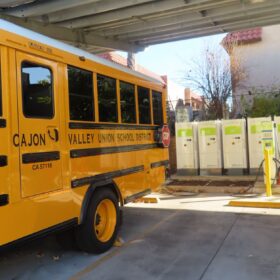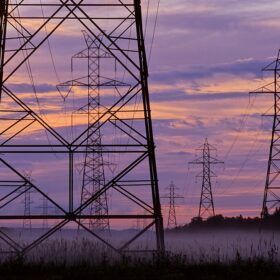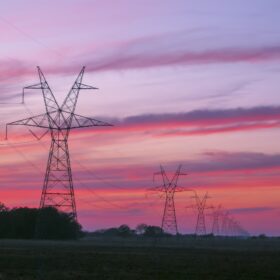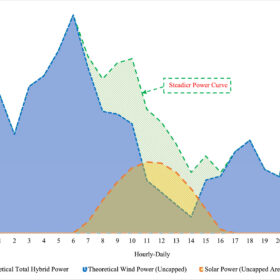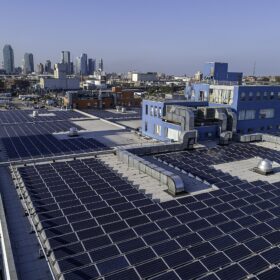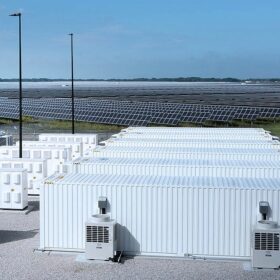Rural electric co-ops form engineering group to evaluate smart inverter standards
Smart inverters enable more distributed solar to be added to the grid, and some rural co-ops are evaluating smart inverter standards as more co-op members become prosumers.
Solar-plus-storage VPPs must be ‘indistinguishable’ from peakers to win over grid operators, says EnergyHub
A EnergyHub report lays out what it will take for dispatchers to treat VPPs like conventional power plants.
Require a gas unit to add 90 MW of batteries to renew its air permit, group says
When a New Jersey gas unit’s air pollution permit is up for renewal, state law allows the public to recommend ways for the unit to reduce its emissions, such as adding batteries. That’s what one group has done.
Texas electric utility co-op taps networked residential batteries for outage protection
The residential battery program, which deploys Base Power’s 11.4 kW/25 kWh battery systems, is designed to provide affordable, whole-home backup for members of Farmers Electric Cooperative while also delivering grid-balancing services to the wider region.
What to know about ERCOT’s new RTC+B program
Under the real-time co-optimization structure, batteries will be recognized as both generators and loads.
EVs as key players in distributed energy networks and grid modernization
Nuvve’s new outlook report says V2G projects will be the backbone of battery aggregation efforts.
Kudos for grid operator SPP’s plan to link transmission planning and interconnection
The Solar and Storage Industries Institute has endorsed SPP’s proposal to reform interconnection by building transmission, identifying promising areas for transmission interconnection, and inviting interconnection applications.
Utilities can manage data center demand with focused tariffs and rate design
Enverus report says actions can weed out speculators and shorten interconnection queues.
Two approaches to prevent queue-jumping by thermal generation
A study from Grid Strategies and ACORE finds evidence that priority transmission access offered by three grid operators has yielded generating portfolios “heavily weighted” to thermal resources. The study favors transmission planning followed by recruitment of projects that can use planned transmission capacity to enter the interconnection queue. A limited non-discriminatory “fast path” could meet near-term reliability needs.
Intermittent solar and wind complement each other for a more stable grid
A study finds combining wind and solar leverages their alternating peak periods, significantly boosting total generation capacity while providing a constant, predictable power curve critical for grid integration.
